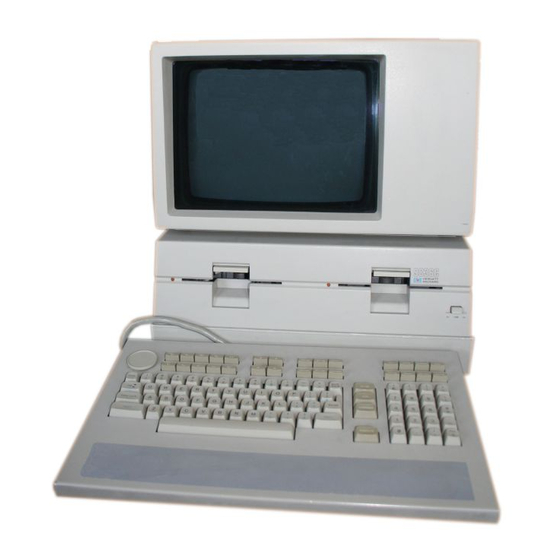
HP 9000 200 Series High-End Workstation Manuals
Manuals and User Guides for HP 9000 200 Series High-End Workstation. We have 1 HP 9000 200 Series High-End Workstation manual available for free PDF download: Manual
Advertisement
Advertisement
